Description
Images pose diverse visibility challenges for traffic users and tourists, particularly in hilly regions characterized by prevalent haze and fog. This study introduces a novel approach for mitigating haze effects in single images through the application of a convolutional neural network (CNN). The methodology involves utilizing outdoor images and applying specific filters to detect haze within the image. Hazy images typically exhibit low values in only one-color alpha channel from the Red, Blue, and Green RGB channels. The intensity of these pixels is predominantly influenced by the air light depth map. Identifying these low-value points in the haze transmission map is crucial for obtaining a high-quality dehazed image.
To achieve this, an end-to-end encoder-decoder training model is employed to produce a superior dehazed image. The proposed approach is rigorously validated using datasets comprising approximately 1500 outdoor images. Furthermore, the method offers the additional benefit of generating a transmission map, providing valuable insights into the haze distribution within the image.


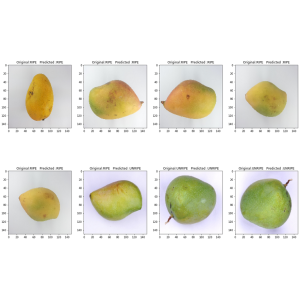
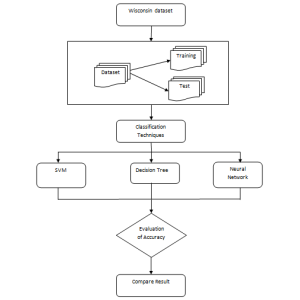
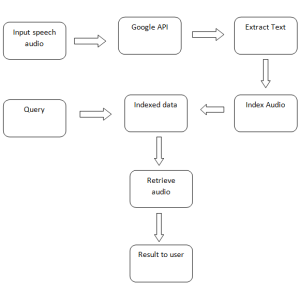
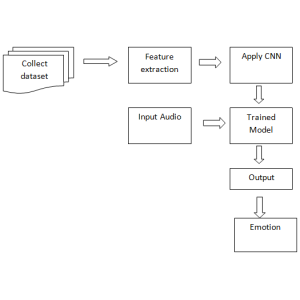
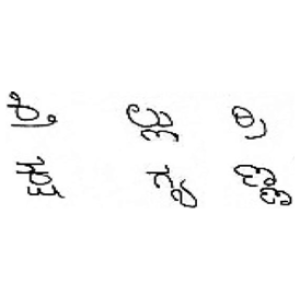
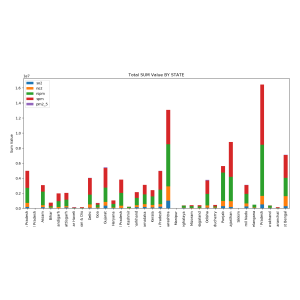
Reviews
There are no reviews yet.